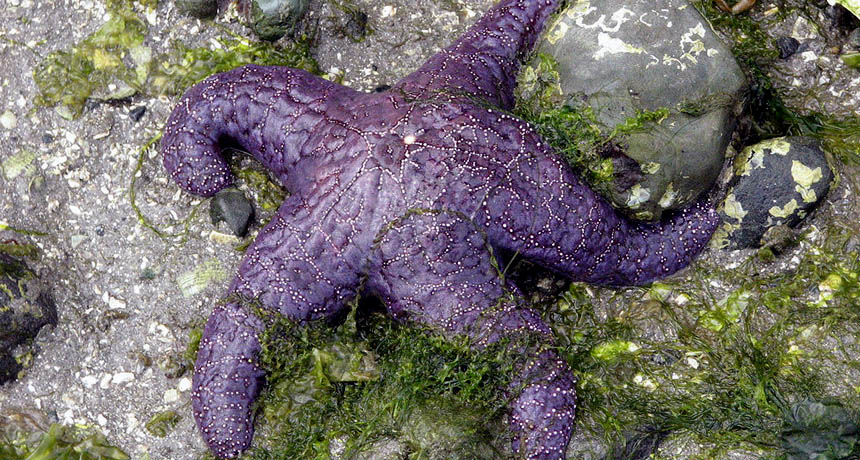Virus blamed in starfish die-off
The discovery could explain the deaths of millions of these sea creatures

This ochre sea star (Pisaster ochraceus) is one of at least 20 starfish species suffering from a mysterious die-off. Experts have now identified a virus as the likely culprit. Infection can transform the marine creatures into puddles of slime.
D. GORDON E. ROBERTSON/WIKIMEDIA COMMONS (CC BY-SA 3.0)







